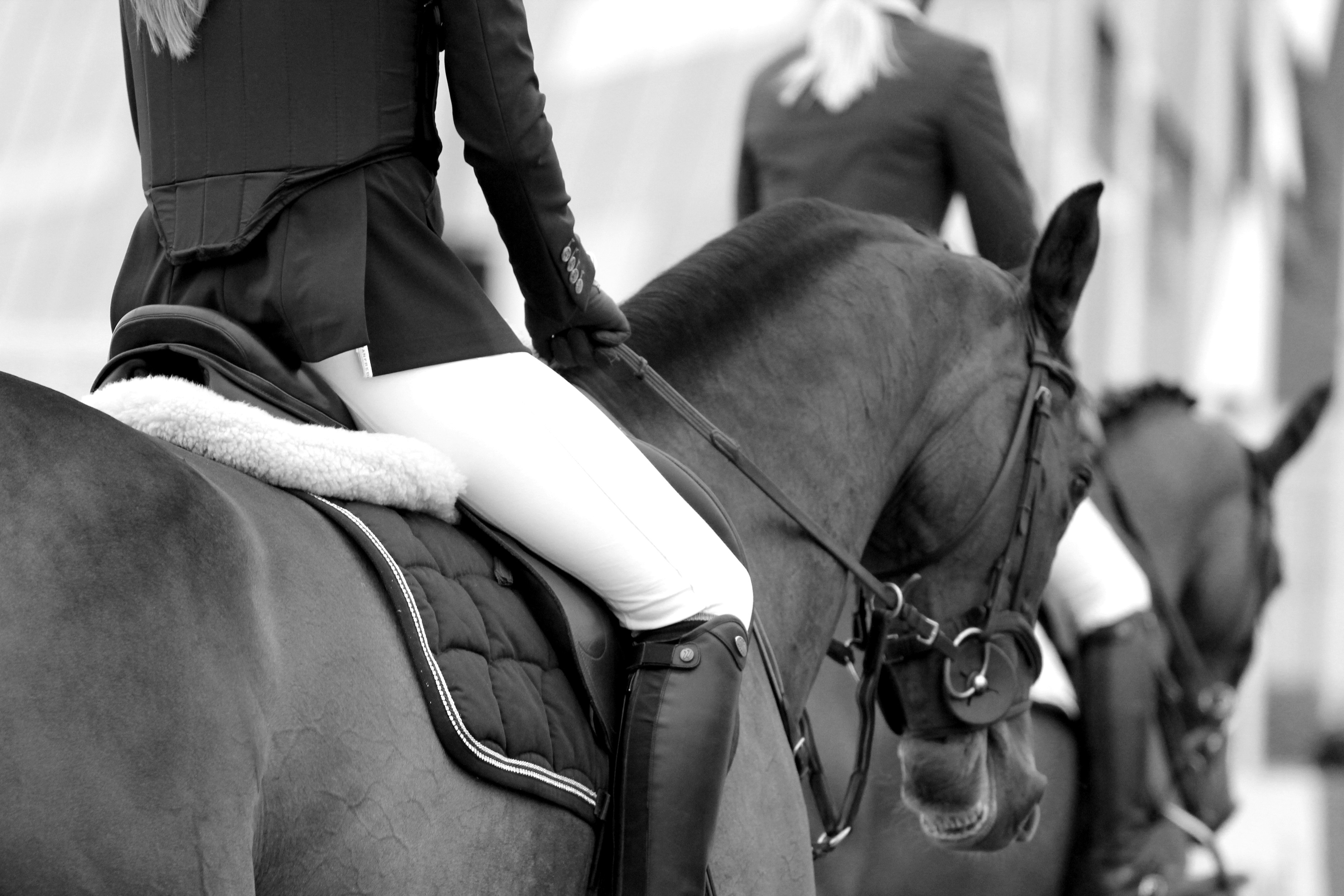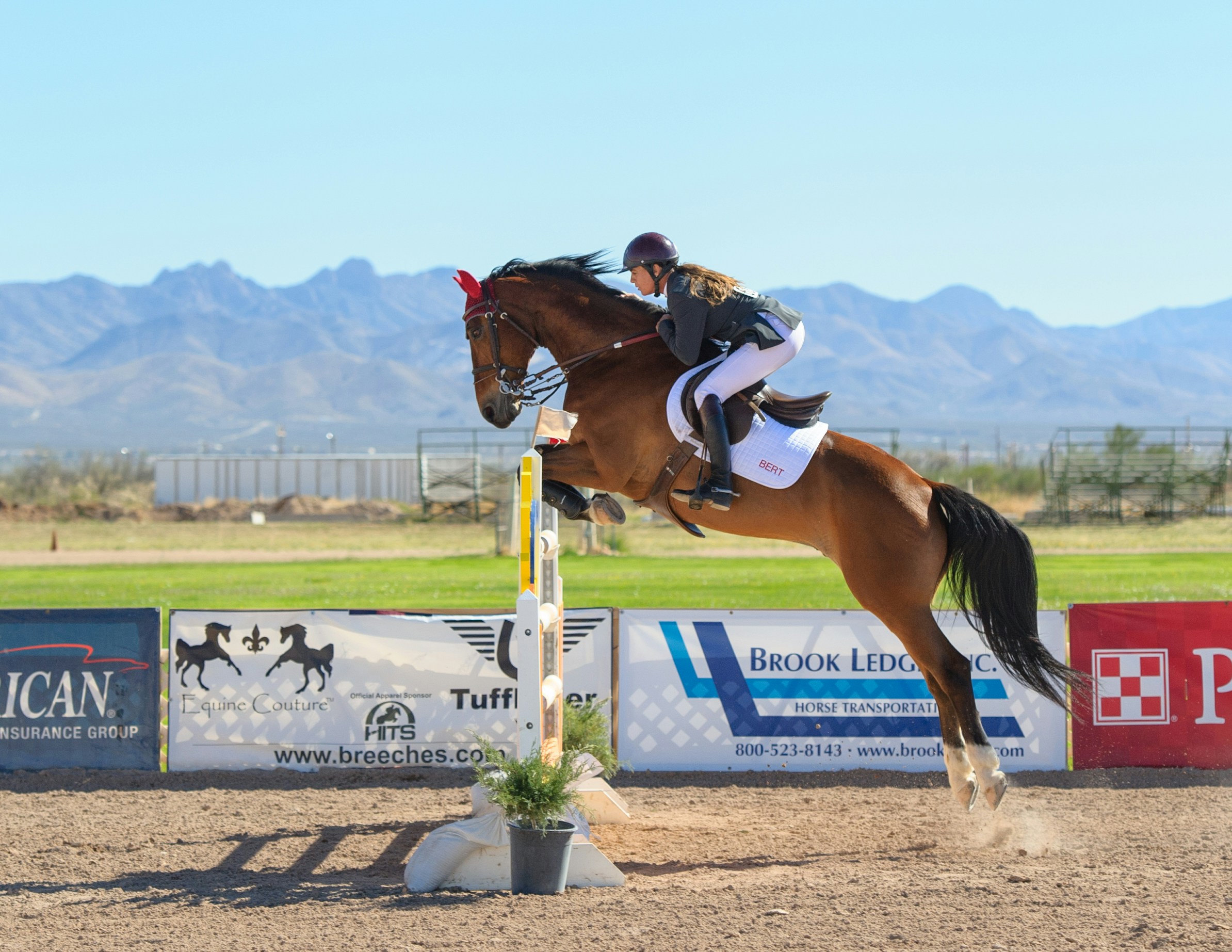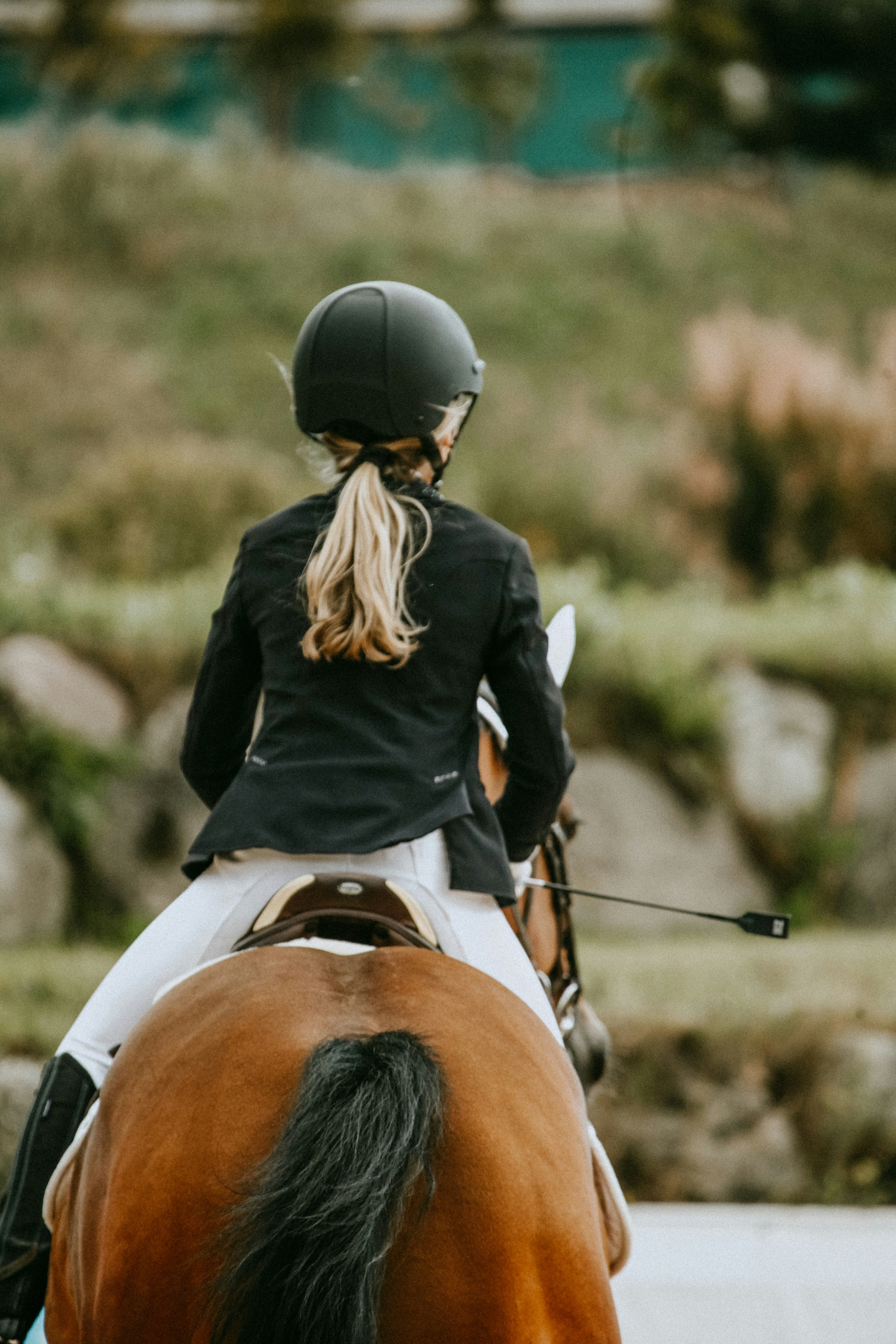Hello there! In this article, we’ll be discussing the art of using horse reins. You’ll learn about the different types of reins, their purpose, and how to properly hold and use them to communicate with your horse effectively. Understanding the importance of rein length, tension, and hand position will help you develop a harmonious connection with your horse while riding. So, let’s get started and discover the secrets to mastering the art of using horse reins!
The Art of Using Horse Reins
Horse reins are an essential piece of equipment for any rider, playing a crucial role in communication and control. Mastering the art of using horse reins requires practice, attention to detail, and understanding the horse’s needs. By choosing the right type of reins, holding them correctly, and utilizing proper rein aids, riders can effectively communicate with their horses and enhance their riding experience. Consistent training and avoiding common mistakes will improve rein control, ultimately leading to a harmonious partnership between horse and rider.
Types of Horse Reins
Before diving into the art of using horse reins, it’s important to understand the different types available. Here are three common types of horse reins:
Snaffle Reins
Snaffle reins are the most commonly used reins and are traditionally used with a snaffle bit. These reins are directly attached to the bit rings, providing a direct and straightforward communication between the rider’s hands and the horse’s mouth.
Curb Reins
Curb reins are typically used with a curb bit, a bit that applies leverage to the horse’s mouth. These reins are attached to the bit shanks, allowing the rider to have greater control and influence over the horse through the use of leverage.
Draw Reins
Draw reins are auxiliary reins used to help position the horse’s head and neck correctly. These reins are attached to the girth or the saddle and run through the bit rings, creating a downward and inward pull on the horse’s head when used.
Materials Used in Horse Reins
When choosing horse reins, riders also need to consider the material they are made from. Different materials can provide different benefits and suit different riding disciplines. Here are two common materials used in horse reins:
Leather Reins
Leather reins are a classic choice and offer a traditional look and feel. They provide an excellent grip and are durable with proper care. Leather reins also tend to soften and conform to the rider’s hands over time, improving comfort and control.
Synthetic Reins
Synthetic reins, on the other hand, are made from materials like nylon or biothane. These reins often come in a variety of colors and are popular for their low maintenance and weather-resistant properties. They are lightweight and can provide a good grip even in wet conditions.
Biothane Reins
Biothane reins are a type of synthetic rein that offers the best of both worlds. They come in various colors and are highly durable and weather-resistant. Biothane reins also have the advantage of being easy to clean and maintain, making them a popular choice for riders who prioritize convenience.
Choosing the Right Horse Reins
Selecting the appropriate horse reins is crucial for effective communication and comfort. When choosing the right reins, consider the following factors:
Consider the Horse’s Training
The horse’s training level should be a primary consideration when choosing reins. If the horse is still in the early stages of training, snaffle reins are typically the most suitable option. As the horse progresses in its training and understands more advanced cues, curb reins may become more appropriate.
Consider the Rider’s Experience
The rider’s experience level also plays a role in selecting the right reins. Novice riders often benefit from using snaffle reins since they provide direct control and are easier to handle. More experienced riders may opt for curb reins, as they offer greater precision and finesse in communication.
Consider the Riding Discipline
Different riding disciplines have specific rein preferences. For example, snaffle reins are widely used in dressage and show jumping, while curb reins are popular in Western riding disciplines, such as reining and cutting. Understanding the requirements of the chosen discipline can help in making the right rein choice.
Proper Length and Width of Horse Reins
After selecting the appropriate type of reins, it’s crucial to ensure they are the correct length and width for optimal control and comfort. Improperly sized reins can impede communication and compromise the rider’s ability to maintain a secure grip. Here’s how to determine the ideal length and width:
Determining the Ideal Length
The ideal length of the reins depends on the rider’s preference and the particular horse’s conformation. As a general guideline, the reins should be long enough for the rider to comfortably maintain contact with the horse’s mouth without pulling excessively. However, they should not be so long that they become an entanglement hazard.
Determining the Ideal Width
Rein width is a matter of personal preference, with narrower reins providing a more delicate touch and wider reins offering a more secure feel. It’s essential to choose a width that feels comfortable in the rider’s hands, providing enough surface area for a secure grip without feeling cumbersome or bulky.
Adjusting the Reins
Once the reins are the correct length and width, it’s important to ensure they are adjusted properly. Both snaffle and curb reins should have equal lengths and be adjusted so that there is a gentle, consistent contact with the horse’s mouth. Avoid excessive slack or tension in the reins.
Proper Hand Position on Horse Reins
Achieving the correct hand position on the reins is crucial for clear and effective communication with the horse. Here are some essential aspects of maintaining a proper hand position:
Holding the Reins Correctly
Proper hand position begins with holding the reins correctly. Grasp the reins between the pinky and ring finger, passing the reins over the index finger. The thumb should be positioned on top, providing additional support and control. The remaining fingers lightly close around the reins.
Maintaining Consistent Contact
Consistent contact with the horse’s mouth is essential for a clear and consistent line of communication. Riders should aim for light, steady contact, allowing for subtle adjustments and quick response to the horse’s movements. Avoid pulling or hanging on the reins, as this can create confusion or discomfort for the horse.
Using Correct Hand Positions for Various Riding Techniques
Different riding techniques require specific hand positions. For example, in a direct rein, the rider’s inside hand moves slightly outward and backward to turn the horse. An indirect rein, on the other hand, involves a subtle movement of the outside hand toward the rider’s hip to create a bend. Understanding and practicing these distinct hand positions will enhance communication with the horse.
Using Rein Aids for Effective Communication
In addition to maintaining proper hand position, riders can utilize rein aids to effectively communicate with their horses. Here are three common rein aids:
Direct Rein
A direct rein aid is used to turn the horse in the desired direction. To execute a direct rein, the rider’s hand moves slightly outward and backward, applying pressure on the rein on the side they want the horse to turn.
Indirect Rein
An indirect rein aid is used to encourage the horse to bend and flex in a particular direction. The rider’s hand moves subtly toward their hip, applying pressure on the opposite rein to create the desired bend.
Half Halts
Half halts are a combination of rein aids and seat aids used to rebalance the horse and gain their attention. The rider’s hands apply a momentary squeeze and release on the reins, asking the horse to collect and rebalance without fully stopping.

Common Mistakes to Avoid
To maintain effective communication with the horse, riders must be aware of common mistakes that can interfere with their ability to properly use horse reins. Here are three mistakes to avoid:
Gripping too Tight
Gripping the reins too tightly can create tension in the horse’s mouth and impede clear communication. Riders should aim for a relaxed and supple grip, maintaining a light contact while still having an effective connection.
Jerking the Reins
Jerking or yanking on the reins can confuse the horse and lead to inconsistent cues. Smooth and subtle rein aids are more effective in communicating the rider’s intentions and maintaining a harmonious partnership.
Failing to Follow the Horse’s Movement
It’s crucial for riders to follow the horse’s movement with their hands, allowing for a continuous and elastic contact. Failing to follow the horse’s motion can disrupt communication and create discomfort for the horse.
Exercises to Improve Rein Control
Improving rein control requires practice and consistent training. Here are three exercises that can help riders enhance their rein control skills:
One-Handed Rein Control
Practicing riding with one hand on the reins can improve balance, flexibility, and coordination. This exercise challenges the rider to maintain control and communication while using only one hand.
Rein Length Transitions
Transitions between different rein lengths can help riders develop sensitivity and responsiveness. Practicing smooth and seamless transitions allows for quick adjustments during different riding situations.
Pattern Work
Working through various patterns, such as circles, serpentines, or figure eights, can improve rein control and the horse’s responsiveness to subtle rein aids. These exercises help develop communication and precision.

How to Train a Horse to Respond to Reins
Training a horse to respond to reins requires consistent and patient education. Here’s a general approach to training a horse to respond effectively to rein aids:
Groundwork Exercises
Begin by teaching the horse basic groundwork exercises, such as yielding hindquarters and shoulders, backing up, and turning on the forehand. These exercises establish the foundation for understanding and responding to rein aids.
Progressing to Ridden Work
Once the horse is responsive to rein aids on the ground, begin incorporating them into ridden work. Start with simple requests, such as turning or halting, and gradually introduce more complex maneuvers. Consistent reinforcement and positive reinforcement are key during this stage.
Reward-Based Rein Training
Reward-based training, such as using treats or praise, can be an effective way to encourage proper responses to rein aids. Rewarding the horse for complying with the rein aids reinforces the desired behavior and builds a positive association with rein communication.
Conclusion
Mastering the art of using horse reins requires practice, attention to detail, and understanding the horse’s needs. By choosing the right type of reins, holding them correctly, and utilizing proper rein aids, riders can effectively communicate with their horses and enhance their riding experience. Consistent training and avoiding common mistakes will improve rein control, ultimately leading to a harmonious partnership between horse and rider. Remember, developing a strong connection through the reins takes time and patience, so enjoy the journey and embrace the art of using horse reins.




